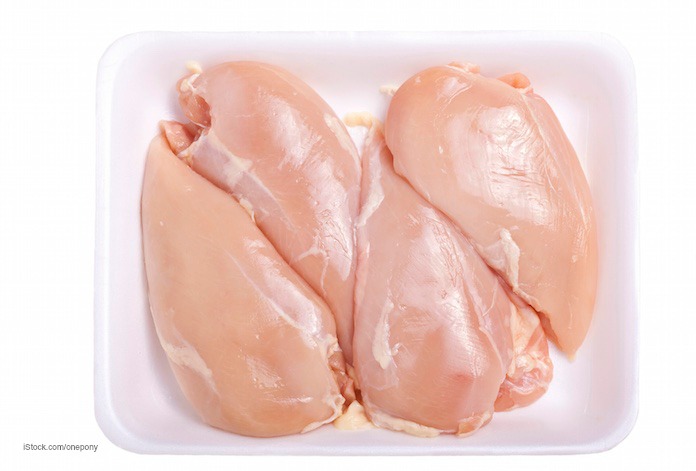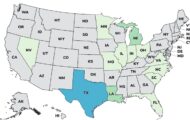The USDA is proposing new regulations to reduce poultry linked Salmonella illnesses. The agency is hosting a public meeting virtually on November 3, 2022 to seek input from stakeholders.

The Centers for Disease Control and Prevention estimate that Salmonella causes about 1.35 million human infections and 26,500 hospitalizations in the United States every year. Of those infections, more than 23% are linked to poultry consumption.
Data from the USDA’s Economic Research Service shows that the total cost for foodborne Salmonella infections in this country is $4.1 billion every year. The cost for the loss of productivity to the economy is $88 million.
USDA Deputy Under Secretary Sandra Skin said in a statement, “We know that Salmonella in poultry is a complex problem with no single solution. However, we have identified a series of strategic actions FSIS could take that are likely to drive down Salmonella infections linked to poultry products consumption, and we are presenting those in this proposed framework.”
The framework is made up of three components that support what the USDA calls a comprehensive approach to controlling Salmonella in poultry. First, they will require that incoming flocks be tested for Salmonella before entering an establishment. Then, they will enhance establishment process control monitoring and FSIS verification, and finally, implement an enforceable final product standard.
The agency did not declare Salmonella an adulterant, however, which is a step that many food safety experts want. The USDA is going to focus on highly virulent strains of Salmonella that cause the most human illnesses, as identified by the Centers for Disease Control and Prevention (CDC).
Dr. Craig Hedberg, professor at the University of Minnesota School of Public Health, said that the framework “is an important step towards moving away from hazard-based regulation toward risk-based regulation. Focusing on levels of Salmonella and highly virulent strains of Salmonella rather than just the presence or absence of Salmonella should reduce the number of illnesses associated with poultry.”
The industry has not been able to meet the targets for reducing Salmonella illnesses linked to poultry in the last twenty years, even though the number of positive poultry samples has been reduced.
And the final responsibility for preventing illness is still on the consumer. They are warned to handle chicken carefully, watch out for cross-contamination, and cook chicken and turkey to a final internal temperature of 165°F to avoid infection.




